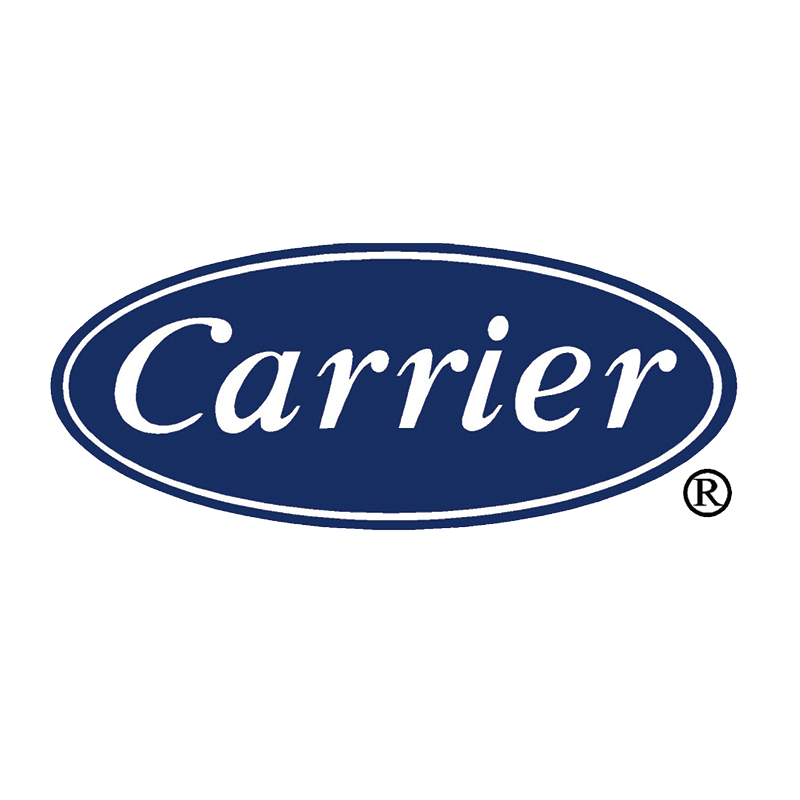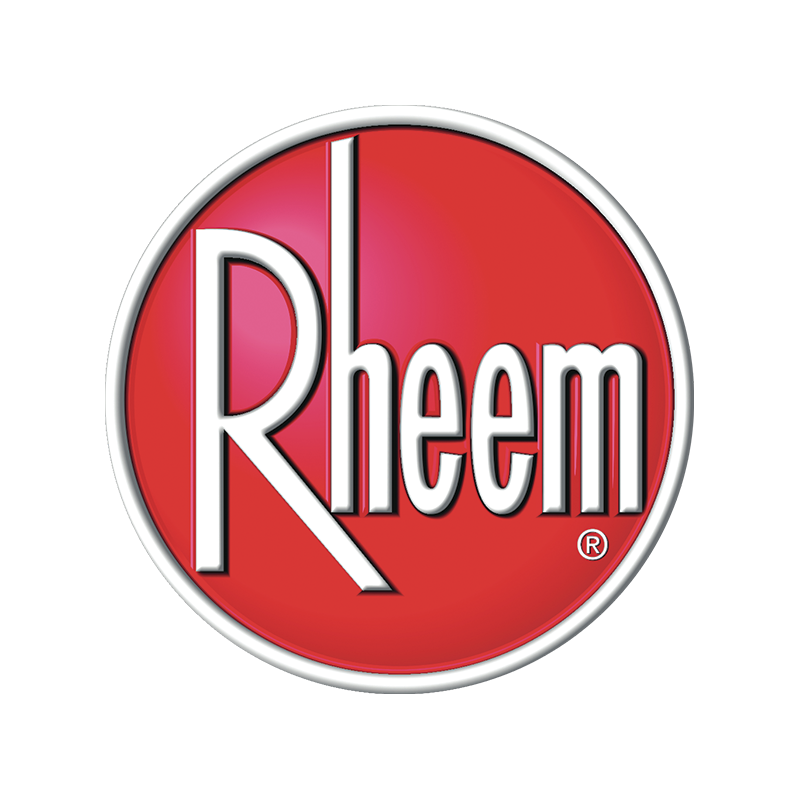Can HVAC Features Help Contain Coronavirus?
 Reducing the number of cases and subsequent deaths from COVID-19, also called coronavirus, depends heavily on getting a better handle on how the disease spreads from person to person. Although infectious disease specialists still have a lot to learn about how the disease is transmitted, the potential airborne nature of this new virus places the HVAC industry squarely in the middle of this conversation.
Reducing the number of cases and subsequent deaths from COVID-19, also called coronavirus, depends heavily on getting a better handle on how the disease spreads from person to person. Although infectious disease specialists still have a lot to learn about how the disease is transmitted, the potential airborne nature of this new virus places the HVAC industry squarely in the middle of this conversation.
Research scientists currently believe that large droplet transfer (coughing and sneezing within six feet of others) is the major factor in spreading coronavirus. Another mode of transmission appears to be indirect infection through touching intermediate surfaces. (When someone with the virus sneezes or coughs into their hand and touches an elevator button, anyone else who touches that button— and then touches their eyes, mouth, or nose— may infect themselves.)
In addition to these two ways the infection is spread, experts are also studying the role of “airborne transmission”.
The Difference Between Large Droplet v. Airborne Transmission
We know that diseases such as traditional flu, measles, and now the coronavirus are transmitted when droplets containing infectious agents are transferred to the eyes, nose, or mouth of another when an infected person coughs, sneezes, or talks. However, these droplets are too large to remain airborne for very long, and quickly settle out of the air.
“Airborne transmission,” on the other hand, occurs when infectious droplet nuclei (the residue from large droplets that have evaporated) attach to dust particles and remain suspended in the air. Unlike large droplets, these minute infectious particles stay aloft for a very long time— long enough to be collected in the grills or ducts in HVAC systems and carried through by the circulating air, potentially infecting others in a different part of the room or building. (NOTE: Relatively few diseases are capable of airborne transmission. Whether COVID-19 is one of them is still being studied.)
The Role of HVAC in Coronavirus Containment
At this point in the global coronavirus pandemic, spokespeople for the HVAC industry are very clear: Things like hand hygiene, avoiding touching your face, and not shaking hands are where a good prevention and containment strategy start. Cooperating fully with any travel bans implemented and observing the “social distancing protocols” that have been newly mandated by dozens of states are also absolutely crucial while we learn more about how the coronavirus spreads. In addition, experts are also saying that a comprehensive risk reduction strategy may also include putting in place a number of HVAC controls— such as upgraded filters or UV— into your home or building for maximum virus protection.
A recently released position document from the American Society of Heating, Refrigerating and Air-Conditioning Engineers (ASHRAE) identifies three methods of controlling airborne infection that have proven to be effective: ventilation, particle filtration, and UV.
Filters
Experts say that traditional filters are an exceptional means to trap particulates that have a diameter of less than 2.5 microns. The smaller the contaminant’s diameter, the denser the filter medium needs to be to be able to capture it. The High-Efficiency Particulate Arrestance (HEPA) filters for HVAC systems in critical care environments within hospital settings have been shown to be 99.97 percent effective at trapping particles down to 0.3 microns in size. Coronavirus, like many other viruses, is much smaller than this, typically measuring between 0.06 and 0.14 microns.
At this point in their research, scientists are unsure if coronavirus is even spreading through airborne transmission. As more data is gathered, significant attention will be paid as to what type of filter is needed to trap enough of the coronavirus’ virulent particles to minimize infection via airborne transmission. In the meantime, says ASHRAE, any air cleaner that removes particles from the air has some potential to reduce exposure.
UV
A UV disinfection feature on an HVAC system works with traditional filtration by deactivating any microorganisms that pass through the filter medium. Surface ultraviolet and airstream UV disinfection methods deactivate pathogens, and UV germicidal systems reduce the number of pathogens found within the HVAC system and drain pan.
Surface and Airstream UV Disinfection
Research scientists have discovered that COVID-19 droplets containing infectious agents can remain in room air for at least six minutes. Upper-air UV-C fixtures installed on an HVAC system can destroy those microbes in a matter of seconds. Recent studies report kill ratios of up to 99.9 percent on a first-pass basis, with concentrations even further reduced afterwards.
Surface-cleaning UV-C systems provide continuous irradiation of HVAC components, constantly destroying viruses, mold and bacteria that attach to air filters, coils, ducts and drain pans and preventing the growth of pathogens that might become airborne and get circulated by HVAC systems. A system installed for HVAC surface irradiation, while not specifically designed for it, can also provide first-pass kill ratios of airborne pathogens of up to 30 percent.
Germicidal AV Systems
According to ASHRAE, the germicidal wavelength can kill 90 percent of all microorganisms living on HVAC air ducts and evaporator coils, depending on wavelength intensity and length of exposure. Although the germicidal wavelength was effective in killing other varieties of coronaviruses, such as SARS and MERS, scientists do not yet know about the impact of UV-C on COVID-19.
Special Advice for Facility Managers
Because people can spread the virus before anyone knows they are contagious, facility managers need to be especially proactive about infection control measures. Experts suggest:
Employing both upper-air UV and HVAC germicidal fixtures to minimize the risk of the potential spread of coronavirus in emergency rooms, urgent care facilities, doctors’ waiting rooms, senior centers, assisted living facilities, and other communal areas to protect individuals who may already be immunocompromised from close contact with potentially undiagnosed or untreated patients.
Using a dedicated outdoor air system to cut down on contaminated air. These systems don’t recirculate the air from one space to others.
Installing high-grade features like MERV 13 filters and running HVAC fans continually when the unit is off to potentially remove particles.
Consider regulating the relative humidity of indoor air between 40 and 60 percent, because viruses are least viable in that range. A well-maintained humidifier that keeps your relative humidity at the recommended level can be helpful.
One of the biggest fear-inducing factors about the coronavirus is the uncertainty that still surrounds it. So keep in mind that some of the most distinguished research scientists and infectious disease specialists around the world are working to learn more about the virus every day. Until we have a vaccine and a tried-and-true prevention strategy, observing the protocols from public health experts— along with the prudent consideration of certain HVAC products and features— is a good place to start.













